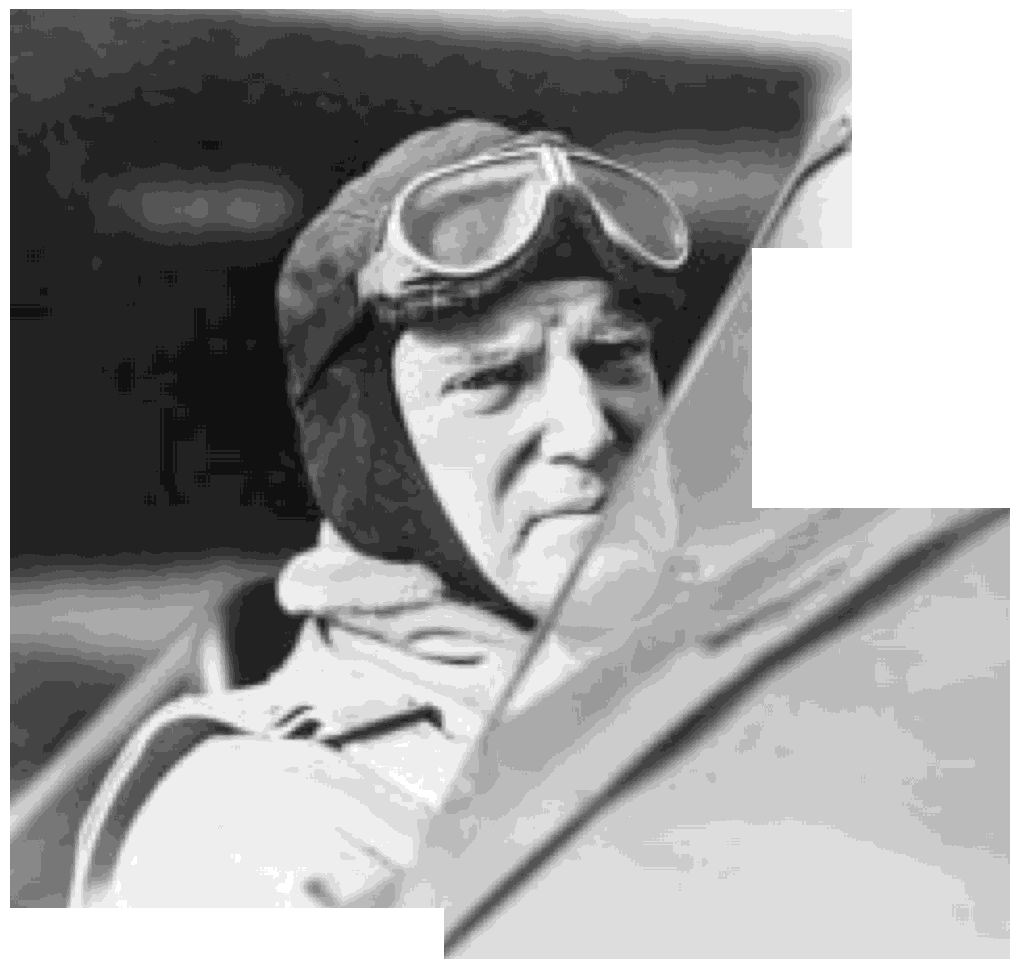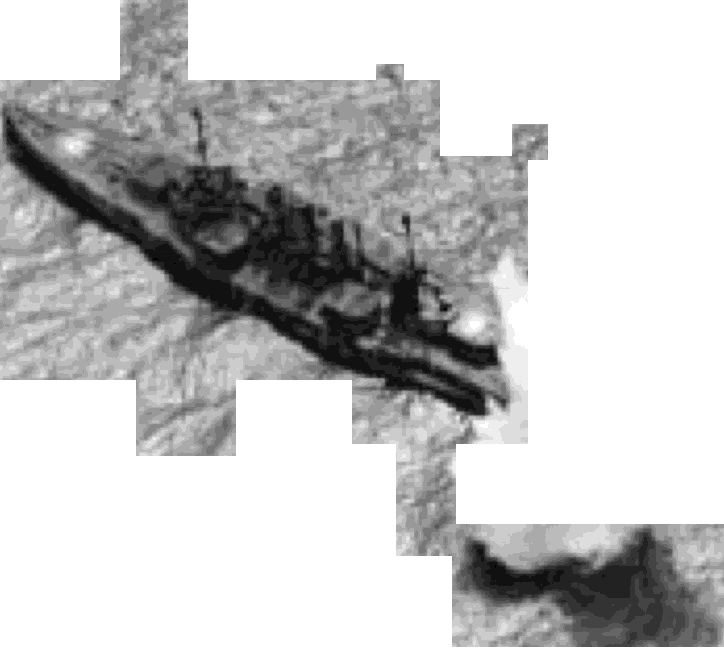


1921-Continued
7 March
Captain William A. Moffett relieved Captain
Thomas T. Craven as Director of Naval Aviation.
15 March
The Metallurgical Laboratory at the Naval
Aircraft Factory, Philadelphia, Pa., reported that a
high-strength, chromium-vanadium steel alloy had
proven satisfactory both in extensive laboratory tests
and in the actual manufacture of aircraft fittings. These
findings marked an important advance in the develop-
ment of metal as a high-strength aircraft structural
material.
16 June
Two CR-1 Curtiss racers were ordered, the
first of the series with which Navy and Army fliers
captured many world speed records.
1 July
The following basic ratings were established
in the Aviation Branch: Aviation Machinist's Mate,
Aviation Metalsmith, Aviation Carpenter's Mate,
Aviation Rigger and Photographer. Although prior to
this time certain general service ratings had been iden-
tified parenthetically as pertaining to aviation, qualifi-
cations for them required meeting the standards of the
general rating in addition to those required for the avi-
ation specialty. The ratings established on this date
were the first concerned specifically with aviation and
based solely on aviation requirements.
12 July
An Act of Congress created a Bureau of
Aeronautics, charged with matters pertaining to naval
aeronautics as prescribed by the Secretary of the Navy.
W A. Moffett the first Chief
of
the Bureau
of
Aeronautics 466366
UNITED STATES NAVAL AVIATION
1910-1995
49
21 July
The bombing tests-The German battleship
Ostfriesland
was sunk by heavy bombs dropped by
Army bombers in the last of a series of tests to deter-
mine the effectiveness of air weapons against combat-
ant ships, and the means by which ship design and
construction might counter their destructive capability.
The tests, in which the Army participated at the invita-
tion of the Navy, were carried out off the Virginia
Capes beginning 21 June. On that day, the German
submarine U-117 was sunk by 12 bombs dropped
from Navy F-5Ls at 1,100 feet. On the 29th, Navy air-
craft located the radio-controlled U.S. battleship ex-
Iowa
(Battleship No.4) in 1 hour and 57 minutes after
being alerted of her approach somewhere within a
25,000 square mile area and attacked with dummy
bombs. On 13 July, Army bombers sank the German
destroyer G-102, and on the 18th the German light
'"
J
.
.'
.
,
. r
'.
.
I -
/
., - .
.;I
r
The Ostfriesland under attack in
1921
Army-Navy bombing test.
Mining effects
of
hits like this sank her 161903
cruiser
Frankfurt
went down under the combined
effect of 74 bombs delivered by Army and Navy air-
craft. Tests against the
Ostfriesland
began on 20 July
when Army, Navy and Marine Corps planes dropped
52 bombs, and they ended the next day when the
Army delivered eleven 1,000- and 2,000-pounders. The
Navy had originally planned the tests to provide
detailed technical and tactical data on the effectiveness
of aerial bombing against ships and the value of com-
partmentation in enabling ships to survive bomb dam-
age; the Army participated for the purpose of portray-
ing the superiority of air power over sea power. The
divergence in purposes and resulting differences in
operational plans were not reconciled and, in conse-
quence, the Navy's purposes were not realized. The
significance of the tests was hotly debated, and
became a bone of contention between a generation of
Army and Navy air officers. The one firm conclusion
that could be drawn was that aircraft, in unopposed
attack, could sink capital ships.
 |
3 |
 |